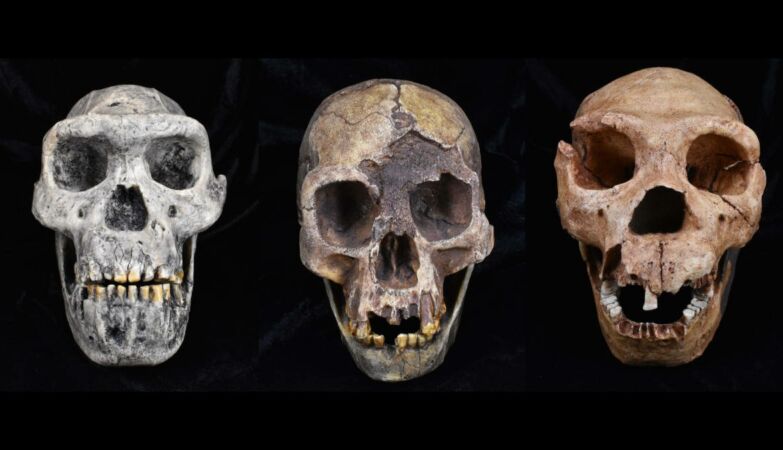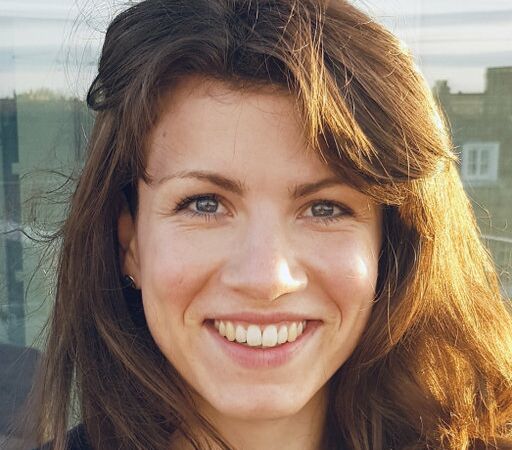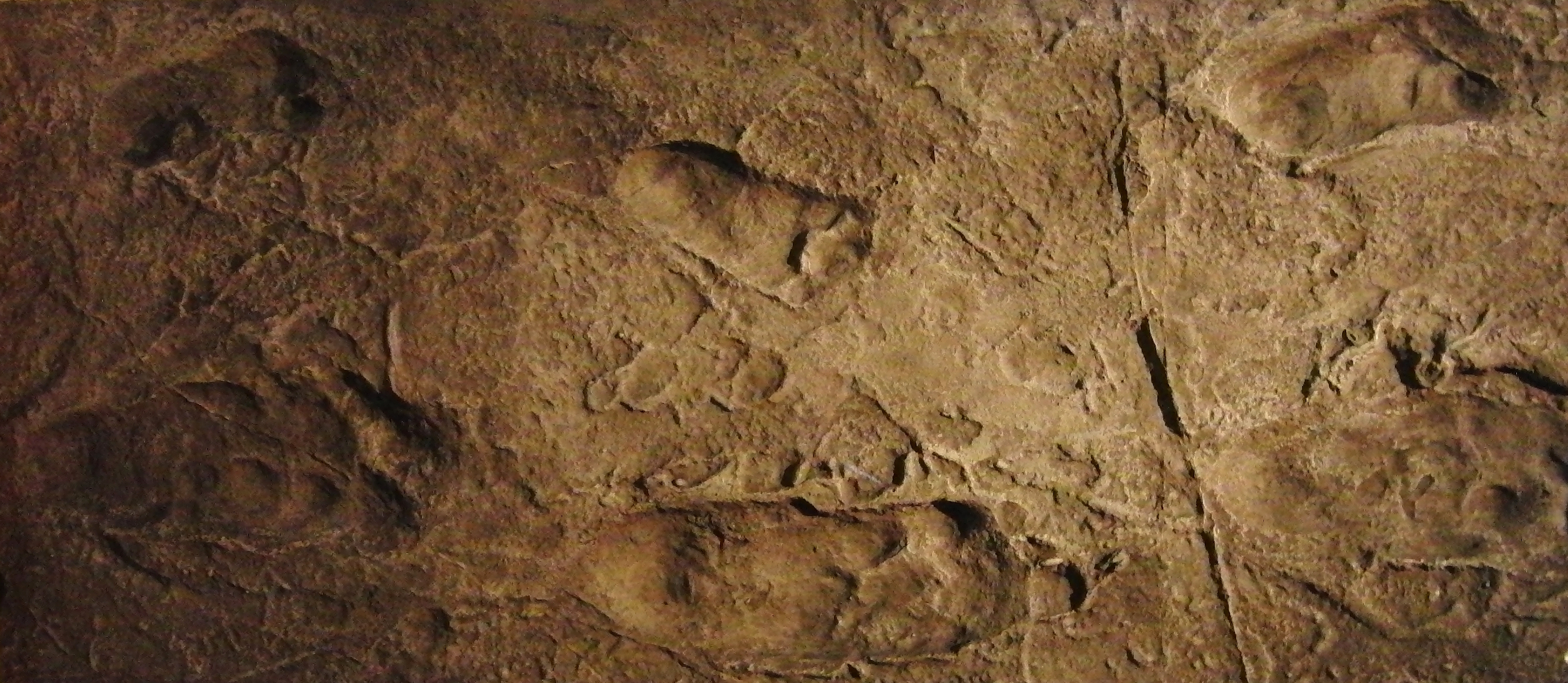Os humanos ancestrais evoluíram de forma bizarra (e diferente das outras espécies)

Crânios de Homo erectus, Homo floresiensis e Homo heidelbergensis
De acordo com um novo estudo, a competição inter-espécies nos humanos antigos registou uma tendência evolutiva completamente oposta à de quase todos os outros vertebrados.
Durante anos, os cientistas assumiram que o principal motor da ascensão e queda das espécies de hominídeos, que inclui os humanos e os nossos antepassados diretos, eram as alterações climáticas.
Sabe-se, no entanto, que a competição inter-espécies também esteve em jogo, tal como acontece na maioria dos vertebrados.
Um novo estudo, publicado na revista Nature Ecology & Evolution examinou agora o ritmo a que surgiram novas espécies de hominídeos ao longo de 5 milhões de anos.
Esta especiação na nossa linhagem, segundo os investigadores, é diferente de quase tudo o resto.
“Temos estado a ignorar a forma como a competição entre espécies moldou a nossa própria árvore evolutiva”, afirma Laura van Holstein, investigadora da Universidade de Cambridge, no Reino Unido, e autora principal do estudo.
“O efeito do clima nas espécies de hominídeos é apenas uma parte da história“, salienta a paleoantropóloga, que em 2020 descobriu que as subespécies de mamíferos desempenham um papel mais importante na evolução do que aquilo que se pensava, provando uma das teorias de Charles Darwin.
Na maioria dos vertebrados, as espécies evoluem para preencher “nichos” ecológicos. “O padrão que observamos em muitos dos primeiros hominídeos é semelhante ao de todos os outros mamíferos”, explica van Holstein, citada pela Cosmos.
“As taxas de especiação aumentam e depois estabilizam, altura em que as taxas de extinção começam a aumentar. Isto sugere que a competição entre espécies foi um fator evolutivo importante“, acrescenta a investigadora.
Mas van Holstein descreve como “bizarra” a evolução do grupo Homo, que inclui os humanos modernos e que surgiu há cerca de 2 milhões de anos com o Homo habilis. A tendência de especiação foi completamente invertida.
“Quanto mais espécies de Homo existiam, maior era a taxa de especiação. Assim, quando esses nichos foram preenchidos, algo levou ao aparecimento de ainda mais espécies. Isto é quase sem paralelo na ciência evolutiva”.
A comparação mais próxima é com as espécies de escaravelhos que vivem em ilhas, onde os ecossistemas contidos podem produzir tendências evolutivas invulgares.
“Os padrões de evolução que observamos nas espécies de Homo que conduziram diretamente aos humanos modernos estão mais próximos dos dos escaravelhos que vivem em ilhas do que dos outros primatas, ou mesmo de qualquer outro mamífero”, explica van Holstein.

A autora principal do estudo, Laura Van Holstein, provou em 2020 uma das teorias da evolução de Darwin
A investigadora criou uma base de dados de todas as espécies de hominídeos encontradas e datadas até à data: 385 registos no total, colmatando as lacunas no registo fóssil através da modelização. Isto deu-lhe novas linhas de tempo para o aparecimento e desaparecimento das espécies.
Entre as descobertas de van Holstein está o facto de várias espécies que se pensava terem evoluído através da anagénese, quando uma espécie se transforma lentamente noutra, poderem, na verdade, ter “brotado”, ou seja, a nova espécie ramificou-se da já existente.
Por exemplo, acreditava-se que a espécie de hominídeo Australopithecus afarensis tinha evoluído a partir do Australopithecus anamensis por anagénese. Mas o modelo sugere que se sobrepuseram em cerca de meio milhão de anos.
Os primeiros hominídeos podem assim ter evoluído para expandir o seu nicho. Por exemplo, o Paranthropus pode ter adaptado os seus dentes para consumir diferentes alimentos. Mas o padrão das espécies Homo sugere que a tecnologia desempenhou um papel muito mais importante na especiação.
“A adoção de ferramentas de pedra ou de fogo, ou de técnicas de caça intensiva, são comportamentos extremamente flexíveis. Uma espécie que os consiga utilizar pode rapidamente criar novos nichos e não tem de sobreviver durante vastos períodos de tempo enquanto desenvolve novos planos corporais”, conclui van Holstein.






